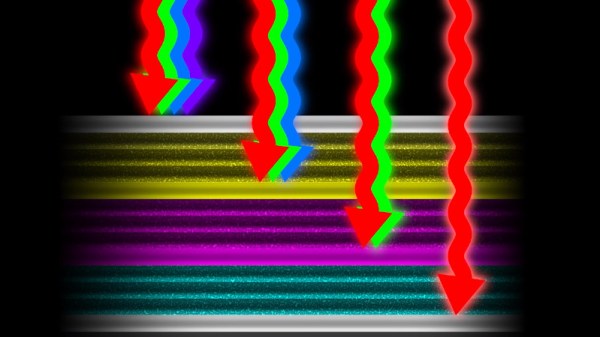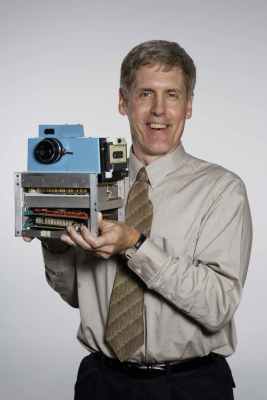The story of humankind is largely a tale of conflict, often brought about by the uneven distribution of resources. For as long as we’ve been down out of the trees, and probably considerably before that too, our ancestors have been struggling to get what they need to survive, as often as not at the expense of another, more fortunate tribe. Food, water, land, it doesn’t matter; if They have it and We don’t, chances are good that there’s going to be a fight.
Few resources are as unevenly distributed across our planet as cobalt is. The metal makes up only a fraction of a percent of the Earth’s crust, and commercially significant concentrations are few and far between, enough so that those who have some often end up at odds with those who need it. And need it we do; what started in antiquity as mainly a rich blue pigment for glass and ceramics has become essential for important industrial alloys, high-power magnets, and the anodes of lithium batteries, among other uses.
Getting access to our limited supply of cobalt and refining it into a useful metal isn’t a trivial process, and unfortunately its outsized importance to technological society forces it into a geopolitical role that has done a lot to add to human misery. Luckily, market forces and new technology are making once-marginal sources viable, which just may help us get the cobalt we need without all the conflict.
Continue reading “Mining And Refining: Cobalt, The Unfortunately Necessary Metal”















